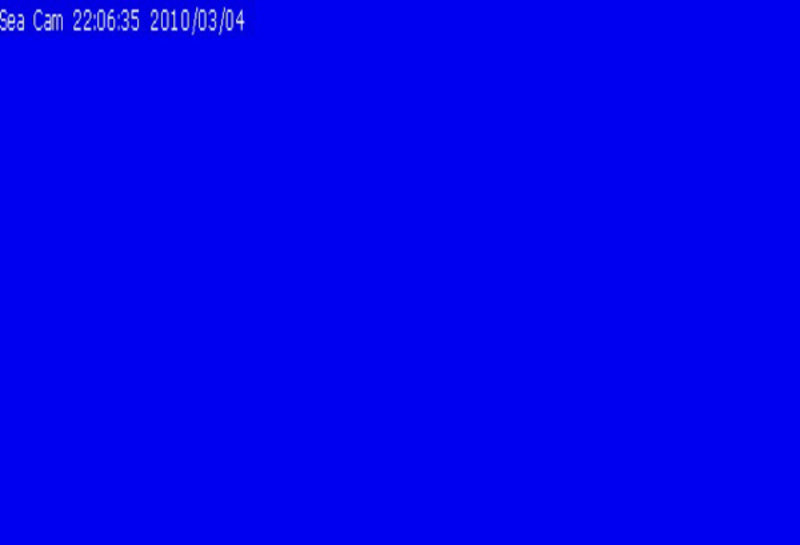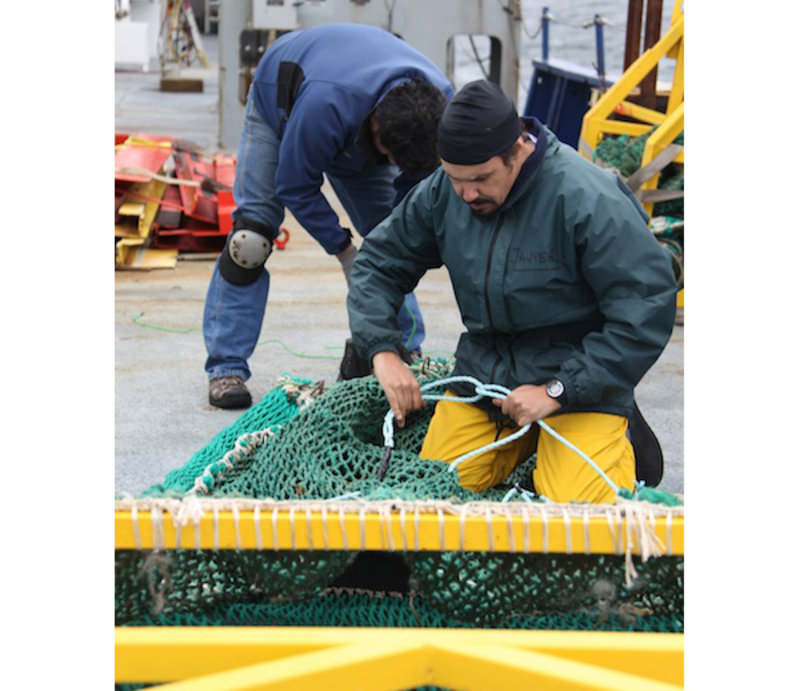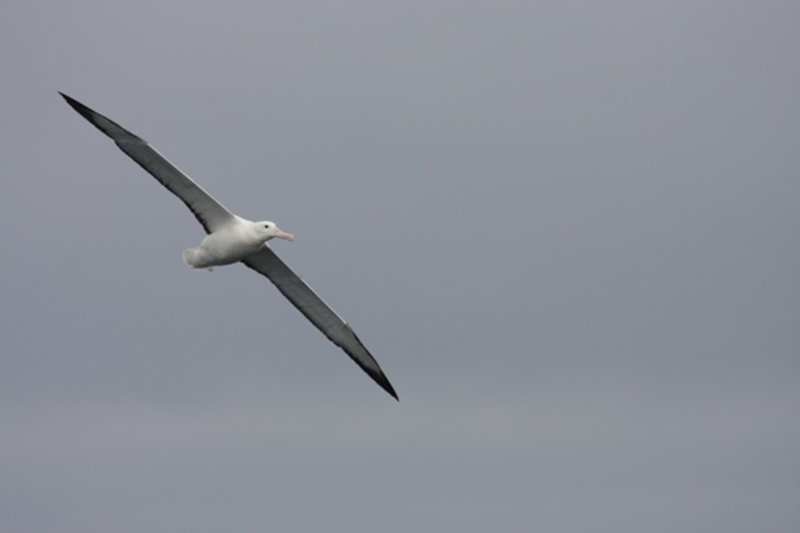
By Andrew Thurber, Scripps Institution of Oceanography
March 5, 2010

This is what we did not want to see when we took a sample with the multiple corer. Indications of something very, very wrong: The “Blue Screen of Death.” Image courtesy of INSPIRE: Chile Margin 2010. Download image (jpg, 10 KB).
...but the corollary is not true.
As chief scientist, I got to choose when to write my log. I thought the last day in the area of Chile's triple junction would be the perfect day for that. I could talk about all the exciting species we found, the big storms we weathered, and how life is on the ship after long days of sampling with little sleep. Instead, today held the biggest setback of the trip — we lost ABE. But the saga of ABE’s last dive is better told by those who knew the autonomous benthic explorer (ABE) best. So I will leave that story to the log of Team ABE.
Instead, I will talk about the rest of the day. As of last night, we were visited by an old and unwelcome friend (or gremlin) of all computers — the “Blue Screen of Death.” Just after gently setting our 544 kilogram (1,200 pound) multiple corer onto the seafloor we got a sample, and then — blink — nothing. The camera went blue (see photo above). Both Ben Grupe and I were stunned, and our faces fell at the sight of it. What happened? We knew a few things: (1) we could still communicate with the electronics inside the pressure housing so we didn’t break the cable nor flood the pressure housing (that is good); and (2) when Ben hit the “lights off” button amazingly the camera came back. Hmmmm. Could it be the battery is out of juice? No. Nothing is that simple. Especially at sea.

Javier Sellanes prepares the first trawl for its inaugural voyage to the bottom of the ocean. Image courtesy of INSPIRE: Chile Margin 2010. Download image (jpg, 117 KB).
Today, we charged “The Beast” as I like to call our 106 pound, 11,000 meter rated battery and fixed the problem. . . . So, actually, it was that simple. As Christina Tanner would say, “Woot! Woot!”
The other happening is the readying of our first trawl. It's a small one, which should bring back the larger fauna which we have been seeing in the multicore video but have yet to collect. In addition, we are heading to a site on the margin — one that is likely a pure methane seep. I want to have high hopes; but, at the same time, I don’t want to jinx it. I am not a superstitious person, but when heading off to the unknown, a little extra luck can't hurt.

One of the many albatros that keeps us company as we spend our days in this unique and wonderful corner of the globe. Image courtesy of Andrew Thurber, INSPIRE: Chile Margin 2010. Download image (jpg, 15 KB).
The trawl will come up tomorrow just before we depart this area and head north.
Let me tell you a bit about what we found. We found methane in lots of different places. We found species that we have not seen, many of them likely new to science. We found strange worms and we found mud ... lots of mud. We snuck in between storms, even though we are sitting in between the roaring forties and the furious fifties. And most surprisingly, we didn’t find ABE back on our deck as we steam north towards our three other sites.
The Chile Triple Junction ... we hope to see you again, with your circling albatross, snow-capped volcanoes, and the many mysteries you still keep.